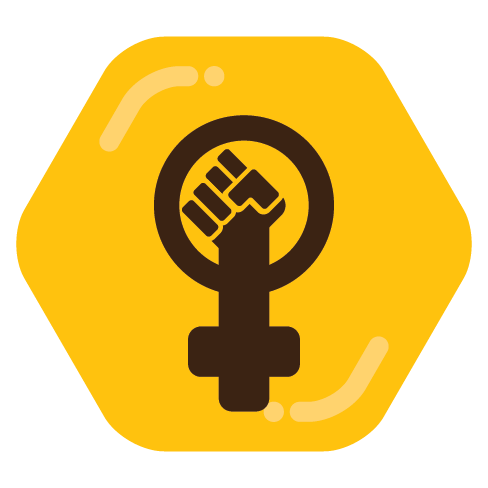Across the world, millions of people suffer from premenstrual dysphoric disorder, or PMDD, a condition linked with their menstrual cycle and characterized by depression and irritability severe enough to impair their daily lives. It’s unclear precisely how many women are affected by PMDD. Under the narrowest assessment, at least 1.6 percent have the disorder according to a 2024 systematic review by a group of international researchers, although the figure shifts depending on which criteria apply. (Although trans men and nonbinary people may also experience the condition, relevant data are scarce.) Other analyses suggest the figure is between 3 percent and 8 percent.
“In my experience it is probably higher due to under reporting and misdiagnosis,” wrote Nick Panay, a gynecologist and chairman of the National Association of Premenstrual Syndromes in the United Kingdom, in an email to Undark.
In cases like Stenos’, PMDD symptoms may be so intense as to lead to thoughts of self-harm. A 2024 U.K.-based study of more than 3,600 women with PMDD found that 82 percent had suicidal thoughts before their periods, and a quarter had tried to end their lives during what the researchers described as a “PMDD crisis.” A global survey of almost 600 women had similar findings, with 72 percent reporting active suicidal ideation at some point during their lives.
Medical bodies and doctors may vary in whether they treat PMDD as primarily a psychiatric or gynecological condition — it is, in the words of one group of clinicians, “at a crossroads between mental and gynecological health.” Treatments range from birth control, antidepressant drugs, and therapy to drug-induced menopause or surgery to remove reproductive organs.
Some feminist scholars worry that PMDD is a “culture-bound” phenomenon, which pathologizes healthy bodies and ignores women’s valid reactions to problems in their environment. Jessica Peters, an associate professor of psychiatry and human behavior at Brown University, disputes this characterization: “I think the only person who would suggest this is somehow over-pathologizing something is somebody who doesn’t have PMDD.”
But not all doctors are familiar with the disorder. By one estimate, 90 percent of women with PMDD are mistakenly thought to have another condition. Stenos saw multiple clinicians before receiving her diagnosis, which she eventually received from a medical herbalist in the U.K. before finding a gynecologist who took her on board. “I had been to 20 gynecologists, I had been to five or six endocrinologists, I had been entered into the pain management program in Liverpool where I was living in the U.K.,” she said. “I mean, I had gone to as many doctors as would see me, and no one had brought it up as a diagnosis. So I was diagnosed by a non-medical doctor.”


